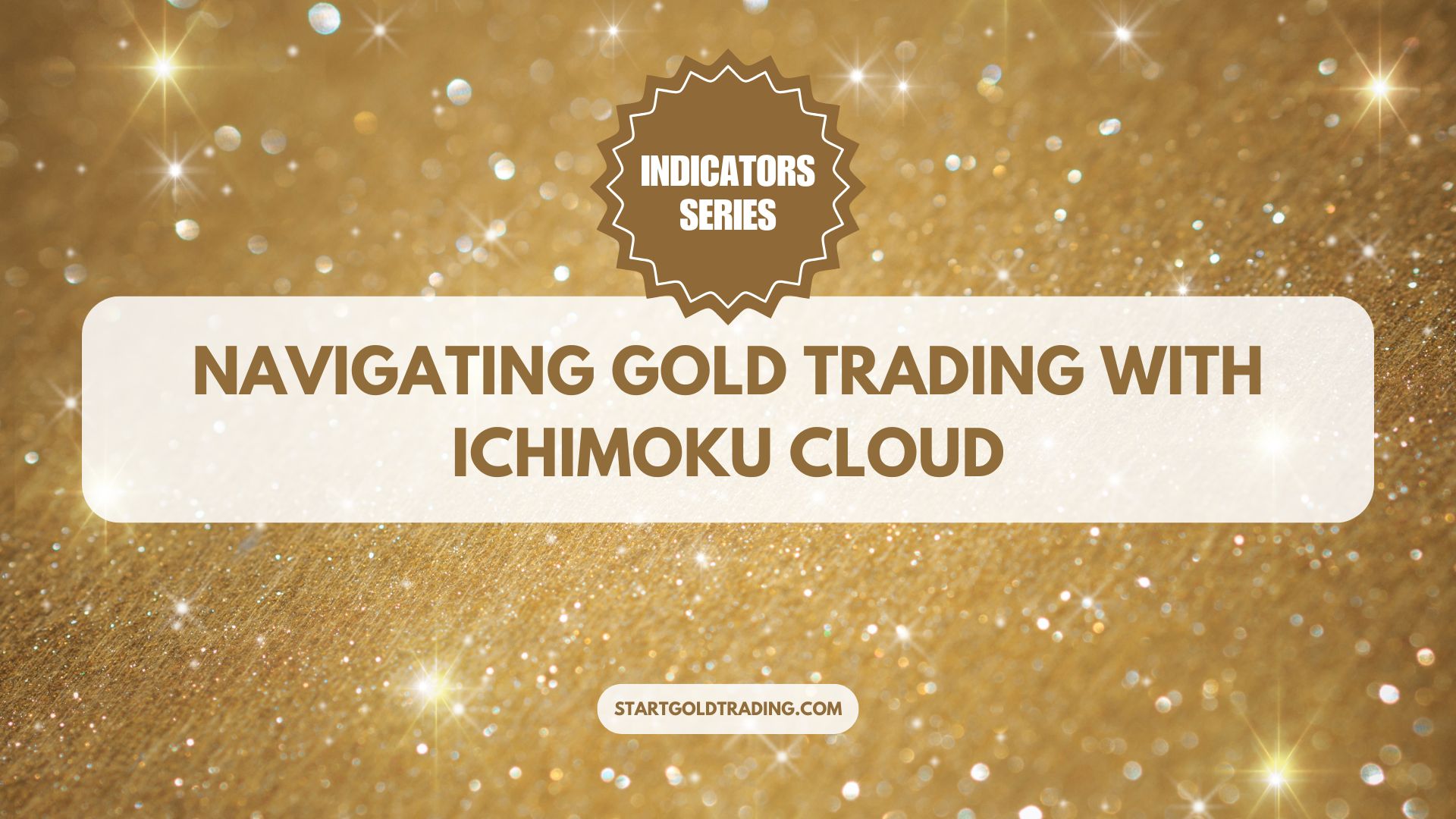Introduction to Ichimoku Cloud
The Ichimoku Cloud, also known as Ichimoku Kinko Hyo, is a comprehensive indicator that provides a robust look at the market’s equilibrium at a glance. Developed by Japanese journalist Goichi Hosoda in the late 1930s, this technical analysis tool is distinguished by its unique visualization, which offers a multi-dimensional view of price action. The Ichimoku Cloud is composed of five main components:
- Tenkan-sen (Conversion Line): The average of the highest high and the lowest low over the last nine periods.
- Kijun-sen (Base Line): The average of the highest high and the lowest low over the last 26 periods.
- Senkou Span A (Leading Span A): The average of the Tenkan-sen and the Kijun-sen, plotted 26 periods ahead.
- Senkou Span B (Leading Span B): The average of the highest high and the lowest low over the past 52 periods, plotted 26 periods ahead.
- Chikou Span (Lagging Span): The closing price plotted 26 periods behind.
Association with Gold
In gold trading, the Ichimoku Cloud provides a wealth of information, including insights into trend direction, momentum, and potential areas of support and resistance. The cloud structure (formed by Senkou Span A and B) helps traders identify the trend; the cloud acts as support in an uptrend and resistance in a downtrend.
Execution Strategies
The Ichimoku Cloud is especially valuable in gold trading for several reasons:
- Trend Confirmation: When the price is above the cloud, it indicates an uptrend, suggesting buying opportunities. Conversely, when the price is below the cloud, it suggests a downtrend, indicating selling or shorting opportunities.
- Signal Crossovers: The Tenkan-sen crossing above the Kijun-sen can signal a buying opportunity, while a crossover below can signal a selling opportunity.
- Support and Resistance: The cloud edges can act as key levels of support and resistance. Prices tend to rebound off these levels, providing clear entry and exit points.
- Strength of Signals: The thickness of the cloud can indicate the strength of a potential support or resistance area—the thicker the cloud, the stronger the support or resistance.
Pros and Cons
Pros:
- Comprehensive Analysis: The Ichimoku Cloud offers an all-in-one look at the market by combining multiple indicators into one chart, reducing the need for multiple chart overlays.
- Dynamic Support and Resistance Levels: Unlike static support and resistance lines, the Ichimoku cloud adjusts with price action, providing relevant and timely market insights.
Cons:
- Complexity: For beginners, the Ichimoku Cloud can seem overwhelming due to its many components. It requires a solid understanding and practice to interpret effectively.
- Best Use Cases: The Ichimoku Cloud performs best in trending markets. In ranging or choppy markets, its signals may be less reliable and more prone to whipsaws.
Conclusion
The Ichimoku Cloud is a dynamic and versatile tool for traders looking to enhance their gold trading strategies. By providing clear indicators of market trends, momentum, and potential support and resistance levels, it helps traders make informed decisions. However, due to its complexity, it is best used by those who have taken the time to understand and practice using its various components effectively. In the right hands, the Ichimoku Cloud is not just an indicator but a comprehensive strategy for navigating the volatile gold markets.

